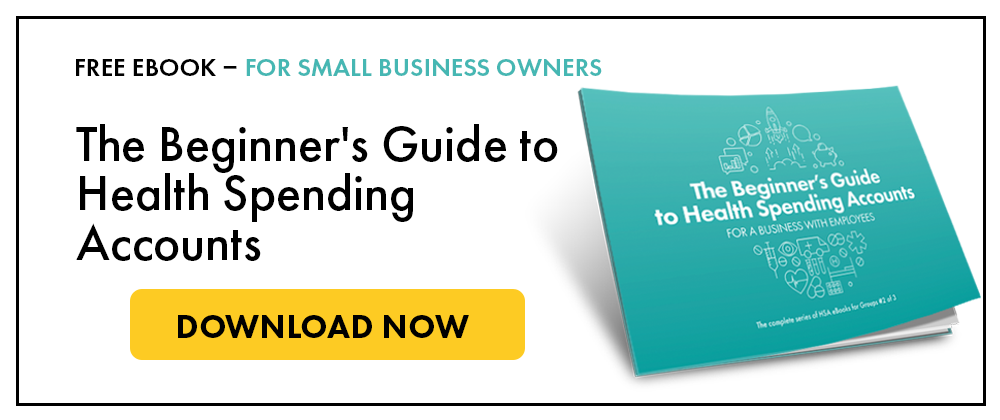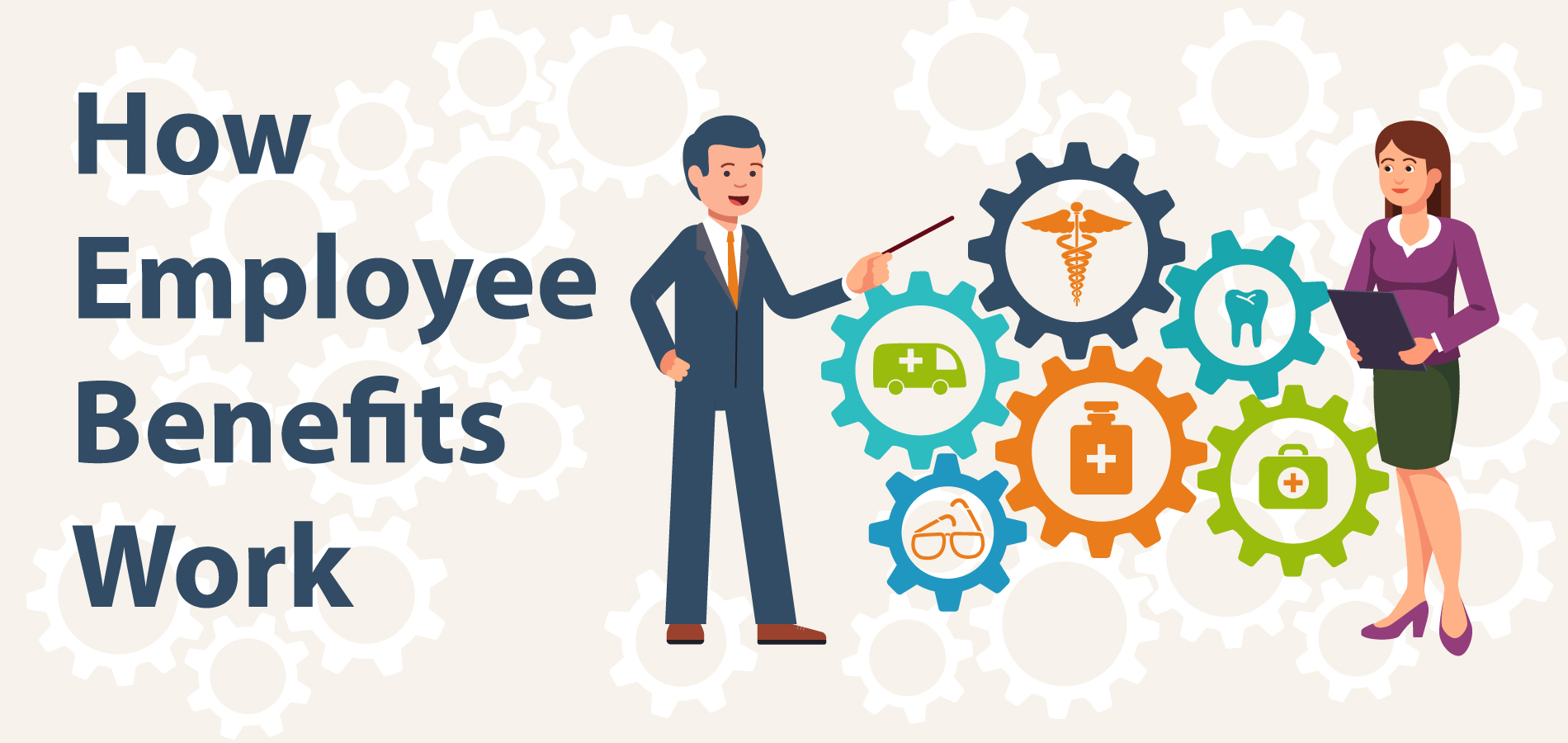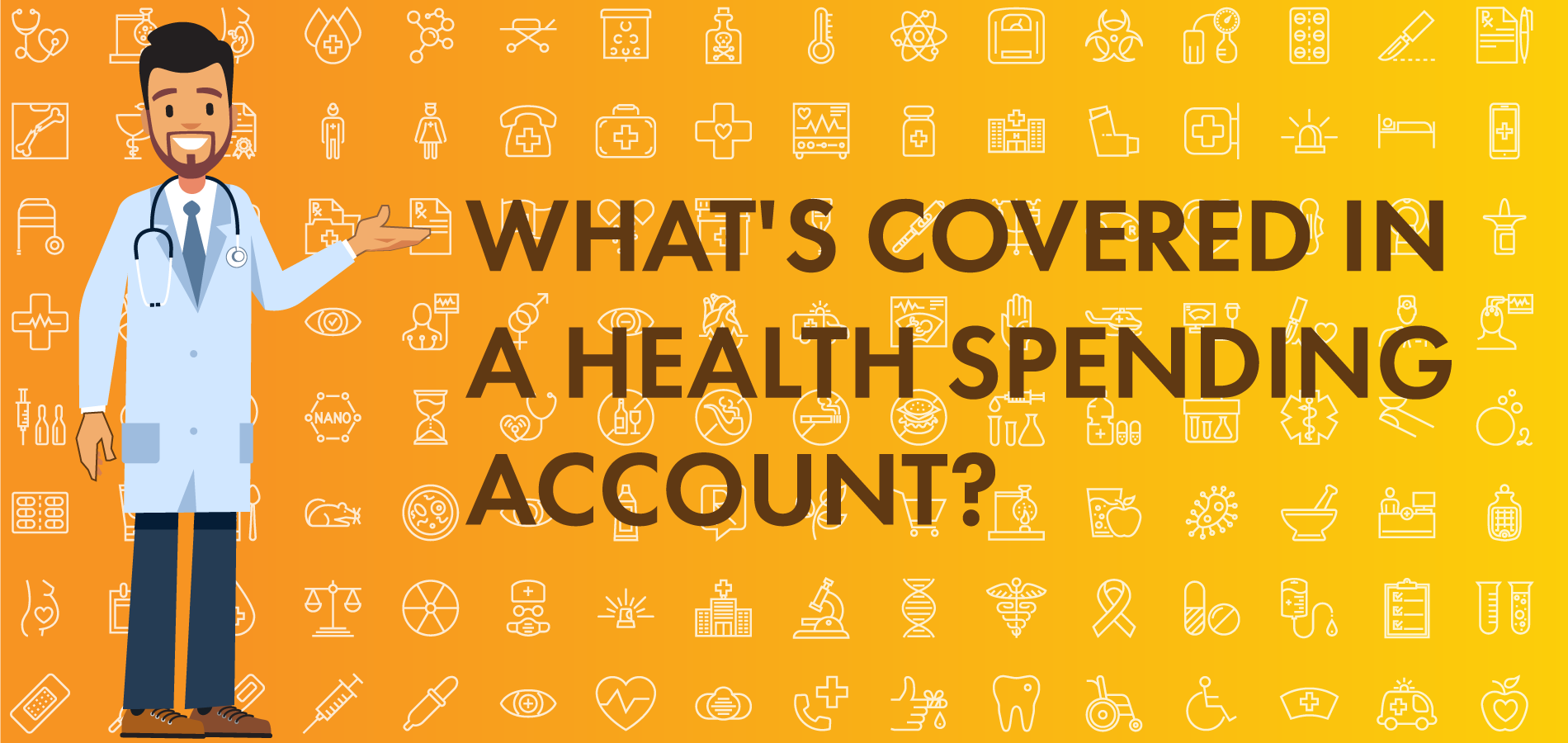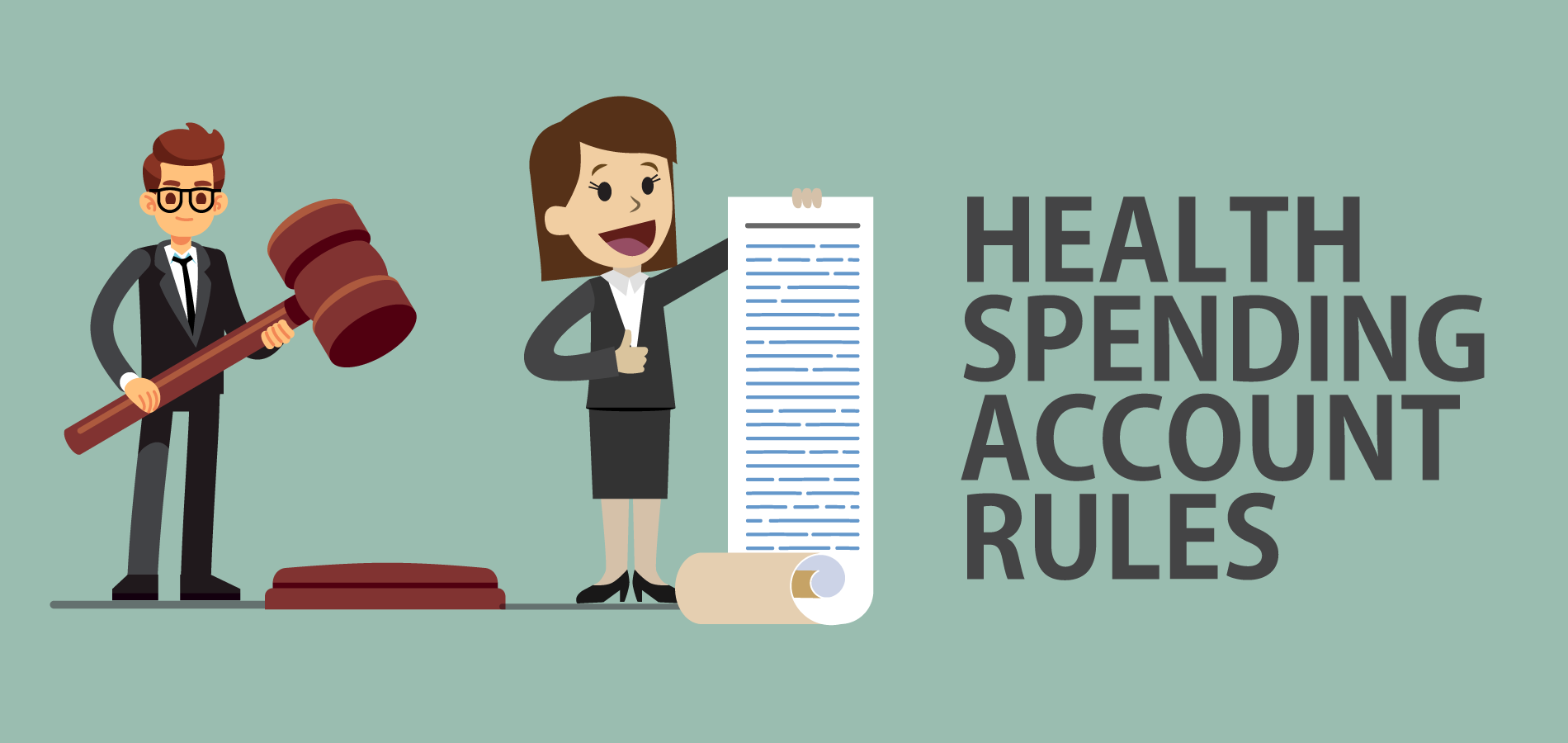A large part of how employee benefits work, depends on what benefits you have.
Generally speaking, when people think about employee benefits, it’s usually in the context of employer provided services and perks. Employee benefits can literally be anything deemed a benefit by an employer. This leaves lots of room for creativity and thinking outside the box to come up with great benefit ideas and solutions. Benefits shouldn’t be complicated. To the contrary, great benefits are simple, straight forward plans that are easy to understand and use.
In Canada, benefits provided by an employer to an employee are taxable. When set up properly, health and dental benefits can be provided tax-free from an employer to an employee. This special tax treatment is what makes health and dental benefits so popular for employers and employees. However, the true meaning and benefit of this special tax-free status is often lost in the confusion and complexity of traditional benefit plans. The reason is that a traditional health and dental benefit plans are marketed and sold as insurance. When it comes to health and dental benefits, there’s a lot of confusion and misinformation out there.
What are benefits?
A quick Google search defines a benefit as “an advantage or profit gained from something”. Benefits do not have to be measured in terms of their value in money or currency. They can be measured in other terms such as the joy the person derives from the benefit provided. Employee benefits can be all of these things and more. Traditional health and dental benefits are measured in monetary terms. They are most often an arrangement between an employer and an employee and are in addition to salary and wages. In Canada, a health and dental benefits plan can be paid from an employer to an employee tax-free. The prerequisite is that the benefit must be to an employee. This is a special arrangement that’s permitted under the Canada income tax act.
Do benefit providers all offer the same benefits?
Benefit providers generally offer benefits within a predefined framework with variations based on the plan sponsor's (employer) requirements, needs and budget. Outside of that framework, being creative and flexible is a great way to enhance a benefit plan. Non monetary benefits can be included to enhance an employee benefit plan. Benefits can be arranged so that they pay for themselves. I know of one employer who rewards employees that come up with money saving ideas, by paying a percentage of the savings back to the employee. Getting employees involved in creative ways to generate ideas and rewards is a benefit that pays back in countless ways. There’s endless ideas and creative ways to do this.
Simple, flexible tax-free health and dental benefits
A health spending account is a great way to provide flexible benefits with 100% certainty that the employer budget will not be exceeded. Budget certainty, clarity and control makes an HSA a top choice for an employer sponsored health and dental plan. HSA’s are a direct transfer of the benefit to employees. The employees are able to choose how and when to use the benefit provided by the employer. The list of health and dental services, supplies and procedures that can be claimed is extensive, with very few exclusions. Unlike traditional health and dental plans, HSA plans provide complete flexibility and choice for employees. This creates a win/win situation for the employer and the employees.
Do different providers have different platforms?
Benefit provider platforms tend to be similar with subtle variations. Traditional benefit plan providers are typically insurance companies. They offer a template for health and dental benefits that includes insurance. The plan sponsor (employer) can choose what’s included, the types and variation of services and overall limits. More options and higher limits, leads to higher claims and corresponding premium. Many employers split the cost of these plans with employees. That’s not always good for employees, as they often end up paying for part of the cost of the health and dental benefits which are not insurance.
Do all employees have to be enrolled?
Not all employees have to be enrolled. The employer or plan sponsor can set up different benefits for different employees. Benefits can vary without the need to include all the employees. Segmenting employees by class such as occupation or duties is one way to accomplish this. Different employees can receive different benefits suited to their occupation, duties, location, title, tenure, etc. Employee participation depends on the benefit. When an employee has to pay, participation usually goes down. This follows the logic that if I have to pay for a benefit, it’s probably not a benefit. If it’s a true benefit or one provided and paid for by the employer, than employees will usually opt in. Participation or demand will be high. The insurance part of a benefit plan is not a benefit - it’s insurance. Insurance as part of an employer sponsored benefit plan - if paid for by the employer is a taxable benefit. If there’s a claim, the payout to the employee is taxable. If the insurance is paid for by the employee out of their after tax income, any insurance payout in a claim, is tax-free.
As mentioned above, benefits provided by the employer to the employee are taxable. The value of the benefit has to be added to the employee’s income and taxes paid. In Canada, health and dental benefits can be paid tax-free to employees. These tax-free plans will have high employee participation rates. This is the only employer sponsored benefit that can be paid to employees without the burden of tax.
Can employees opt-out of employee benefits?
The ability to opt in or out should be disclosed in the employment contract. If employees are able to opt out (a voluntary plan), then benefits that are paid by the employer will have high employee participation rates (employees will opt in). Any part of the plan such as insurance, that requires employees to pay a premium, will tend to see low employee participation (employees tend to opt out). With regard to insurance, the insurance companies risk increases in voluntary plans due to low employee participation rates. This signals to the insurer that the people opting in are the ones more likely to claim. The people that opt out are the ones less likely to claim. From the insurers point of view, the risk of claims is higher in plans where employees have a choice to opt in or out. For these reasons, voluntary plans tend to have a higher cost of insurance. If the benefit plan is mandatory, risk is reduced and the cost of the insurance will tend to be lower.
Are employees responsible for any of the costs associated with employee benefits?
This is an employer decision and should be disclosed in the contract of employment between the employer and the employees. It’s most often the insurance portion of an employer benefit plan that are paid for by the employee. Unfortunately, in traditional benefit plans offered by insurance companies, tax-free health and dental benefits end up mingled with insurance. They are marketed and sold as ‘health and dental insurance’. If the premium is then split evenly between the employer and the employees, the employees end up paying for the tax-free health and dental benefits. This is no longer a benefit - it’s a premium.
Do my employees contribute to an HSA?
Employees should never contribute to an HSA. An HSA is a tax-free health and dental plan, that pays a tax-free benefit from the employer to the employee. If the employee pays anything, it’s no longer a benefit. It’s a simple plan that should never be confused or referred to as insurance. It is not insurance. Health and dental benefits are not complicated. With an HSA, employees use the employer benefit first (employer provided HSA dollars) – tax free. Health or dental expenses that come up after using up their benefit allotment or HSA limit, are paid out of their income. The employer sets a budget and allocates the money to the employees who direct the benefits where and when needed. This maximizes the use of both the employer and the employee resources. There’s no wasted dollars or dollars lost in a premium.
To learn more about using a health spending account for your employee benefits plan, download our beginner's guide FREE:

Consider reading the next articles in our "employee benefits" series:
Learn how to survey employee benefits in 7 simple steps
What employee benefits should you offer?
Employee benefits for millennials







